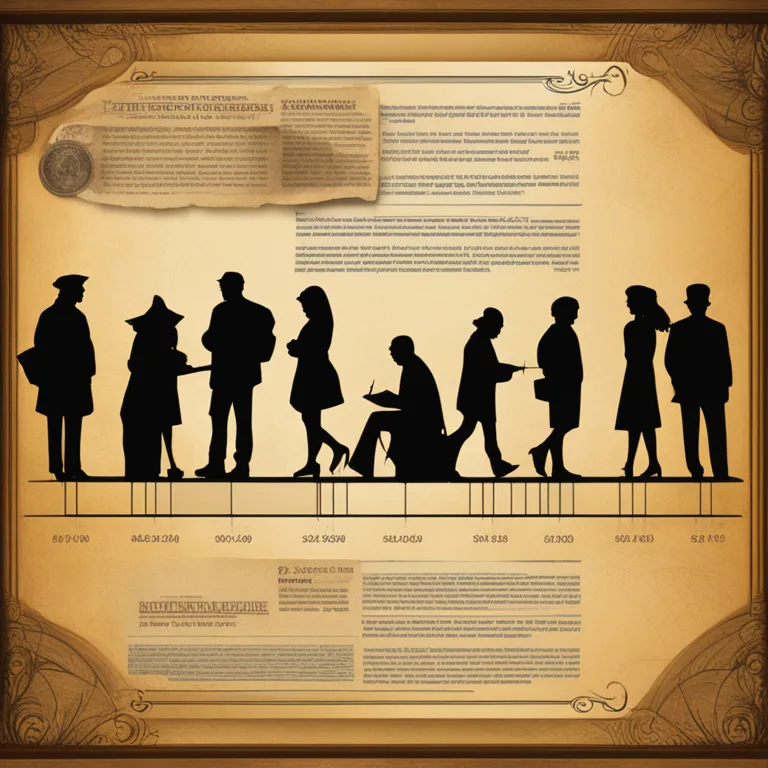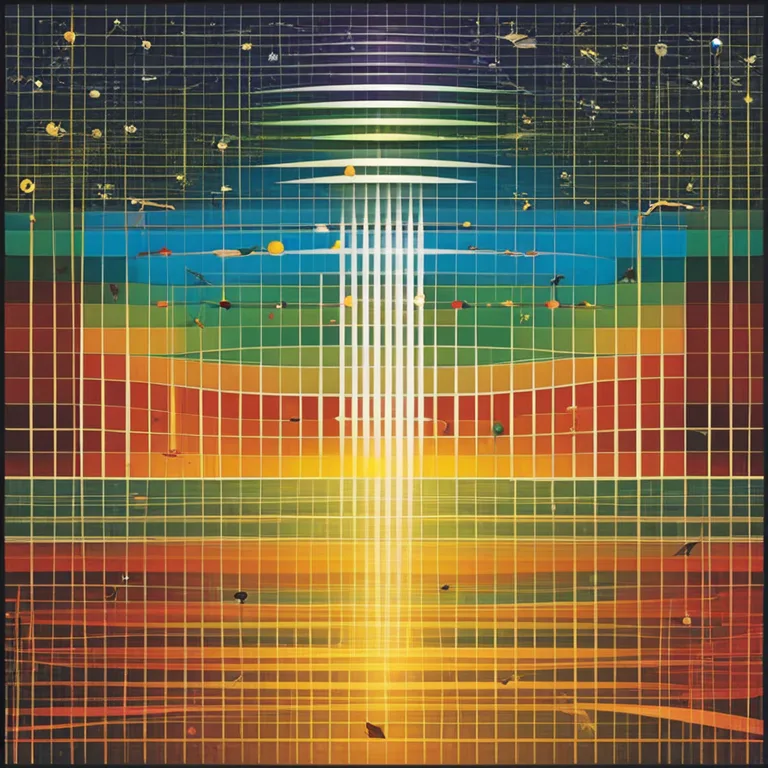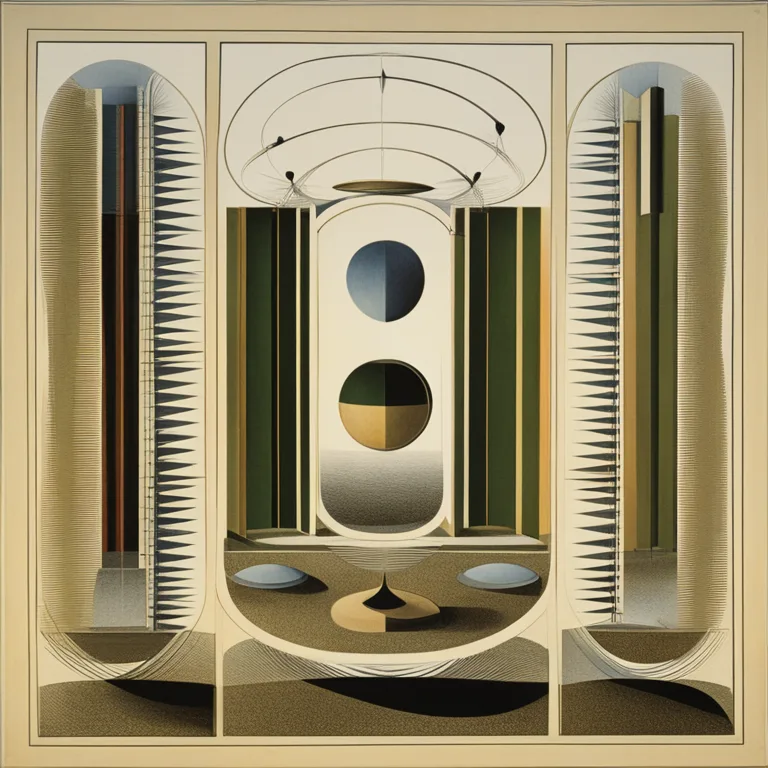
The Roots of Biorhythm Theory Explained
Delve into the source of biorhythms to understand these natural personal cycles that are said to influence our physical, emotional, and intellectual states.
article by Adrian Wallace
The Birth of Biorhythm Concept
The biorhythm theory first emerged in the late 19th century, attributed to the work of Dr. Hermann Swoboda, a psychology professor from the University of Vienna, and Dr. Wilhelm Fliess, a Berlin physician. These pioneers independently observed recurring patterns in the lives of individuals and postulated that human life is influenced by rhythmic cycles. Initially, their ideas did not gain widespread attention, but they sowed the seeds for what would become the biorhythm theory as we understand it today.

Evolution of Biorhythmic Studies
The concept of biorhythms gained traction in the early 20th century as more intellectuals began examining the potential of regular cycles affecting individuals' daily lives. The idea was that there are three primary cycles: a 23-day physical, a 28-day emotional, and a 33-day intellectual cycle. Proponents argued that these cycles begin at birth and influence our capacities and moods. Over the years, as the scientific community has made various advancements, the study of biorhythms has evolved with a blend of skepticism and curiosity.

Biorhythms in the Modern Era
Today, the concept of biorhythms has expanded beyond its initial scope. With the advent of computer technology and software, it has become easier for individuals to track their cycles and use the information for personal insights. While mainstream scientific support for biorhythm theory is limited, the interest in holistic and alternative approaches to wellness has brought new attention to these cycles, urging a generation of wellness enthusiasts to consider them in their daily lives.

Critical Viewpoints and Validity
Throughout its history, biorhythm theory has faced criticism from the scientific community. Since the patterns are not universally recognized or validated by empirical research, many regard biorhythms as a pseudoscience. Critics argue that the theory lacks a solid biological or physiological foundation to convincingly link these cycles to human behavior or wellbeing. Despite skepticism, the personal nature and the experiential reports of some individuals keep the interest in biorhythms alive.

Biorhythms in Pop Culture and Personal Growth
Biorhythm calculators and personalized reports have made their way into popular culture, often found on websites dedicated to holistic health, astrology, and personal growth. While some enthusiasts claim that awareness of one's biorhythms can lead to better life choices and well-being, there is no consensus on the efficacy of these practices. Nevertheless, they remain a fascinating concept for those looking to explore alternative avenues of self-awareness and personal optimization.
The Future of Biorhythm Theory
As we look towards the future, the blend of technology and personal health tracking may give new life to biorhythms, much like how wearables have popularized sleep and step tracking. The theory may continue to adapt, integrating with personalized data analytics to provide individuals with more tailored insights. Whether or not biorhythms will ever be scientifically validated, their role in the conversation about health and wellness is expected to evolve, reflecting the human desire for understanding the intricacies of our own existence.
Published: 12/28/2023
Modified: 12/28/2023
More predictions
Come back here soon to learn more about yourself and your future


The Rhythms Within: A Guide to Biorhythm Cycles
Discover the intricacies of biorhythm cycles and how they influence our daily lives. This article sheds light on personal energy patterns and their effects.


BioRythm Compatibility: Syncing Life's Rhythms Together
Discover how biorhythm compatibility can influence your personal relationships and find harmony with life's natural cycles.


Halting Biorhythmic Cycles: Can It Be Done?
Discover whether it's possible to stop your biorhythms and the implications it might have on your well-being and life harmony.